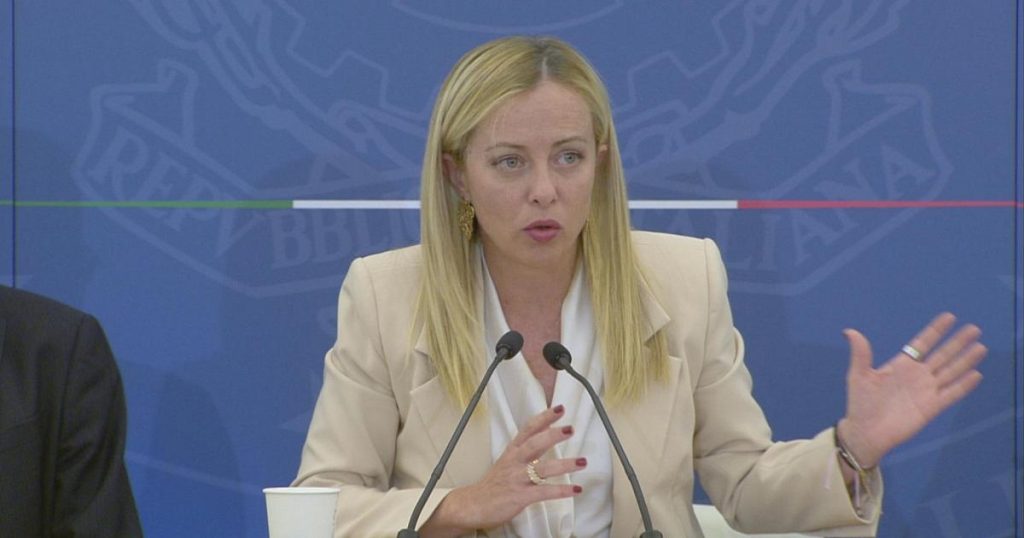The Council of Ministers has examined the draft of the Medium-Term Structural Budget Plan, introduced as part of the reform of European budget rules. The government believes that the spending trajectory included in the Plan, which represents the new unique indicator subject to supervision by the Commission, is in line with the expectations of the European authorities. Over the time horizon considered by the Plan, the net spending growth rate will average around 1.5 percent. The trajectory is also defined as consistent with the main public finance balances already projected in the Stability Program of last April. The Plan also defines the strategic lines related to the reforms and investments that the Government intends to undertake in the reference horizon, particularly those aimed at extending the adjustment period from 4 to 7 years, or returning to a 3% deficit-to-GDP ratio.
The Plan has two programmatic purposes: defining the path of aggregate net spending, which is spending not financed by new revenues or European resources, excluding interest payments on debt and cyclical effects of certain types of spending; and a plan of reforms and investments to be carried out within a specific period. In any case, Italy is subject to the excessive deficit procedure provided for in the previous Stability Pact. The request to the European Commission for an additional 3 years to return to a 3% deficit involves reducing expenses in specific budget chapters and structural reforms.
In official statements, Minister Giorgetti speaks of “prudent and responsible fiscal policy,” proposing a “more ambitious path to exit from excessive deficit than that foreseen by the European Commission” through the technical trajectory, committing to fall below the 3% threshold of the deficit/GDP ratio already in 2026. After 2026, according to the minister, the path will ensure the stability of Italy’s public debt and allow public finance to more effectively face future challenges. The Plan includes reforms and investments that continue the path taken with the PNRR and update it to act more decisively on challenges such as public administration, justice, improving the business environment, and a more peaceful relationship between tax authorities and taxpayers.
The Psb effectively sets the framework for shaping the budget at the end of the year, with the programmatic Budget document expected in the EU by October 15, while the Budget Law is due to be submitted to Parliament by October 20. Minister of Economy Giancarlo Giorgetti has also mentioned fiscal interventions on tax rates, support for childbirth, and privatizations as desired actions by the majority to be included in the budget law. To refinance the promised tax wedge reduction up to 35,000 euros requires 10.8 billion euros, and an additional 2 billion would be needed to raise it to 55,000 euros, while renewing the reduction of the Irpef rates from 4 to 3 costs 4 billion euros. There are also a series of expiring measures such as mortgage tax breaks for those under 36, the bonus for mothers, and the ‘Epiphany’ bonus of 100 euros for families up to 28,000 euros, which could be anticipated for Christmas.
On the support for childbirth front, there is a study on increasing deductible expenses for those with more children, with a family quotient that would increase the maximum deduction amounts in relation to the number of dependent children. Privatizations could also contribute to revenues, with the approval of the decree on Poste Italiane by the Council of Ministers after months of controversy. The State currently holds 64% of the company through the Ministry of Economy and Finance (29.26%) and Cassa Depositi e Prestiti (35%). The measure stipulates that the public stake will not fall below 51%, meaning that 13% of the company could be placed on the market, potentially valued at around 2.2 billion euros.


